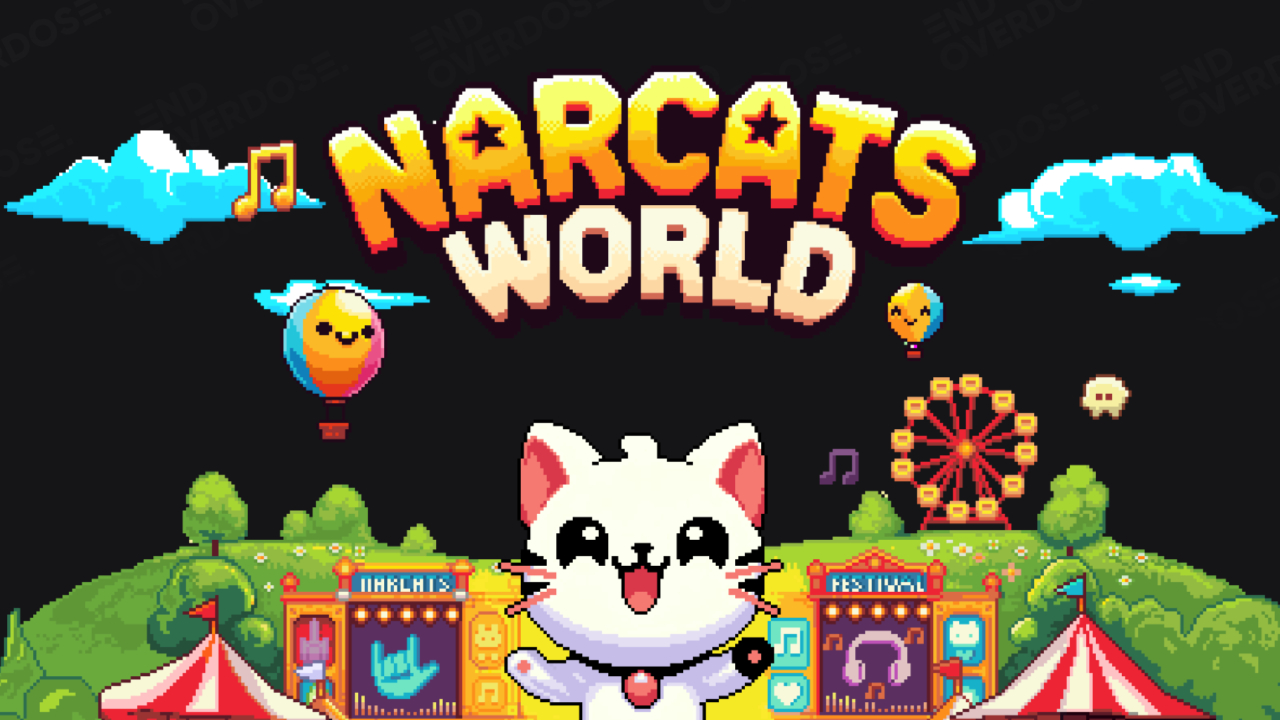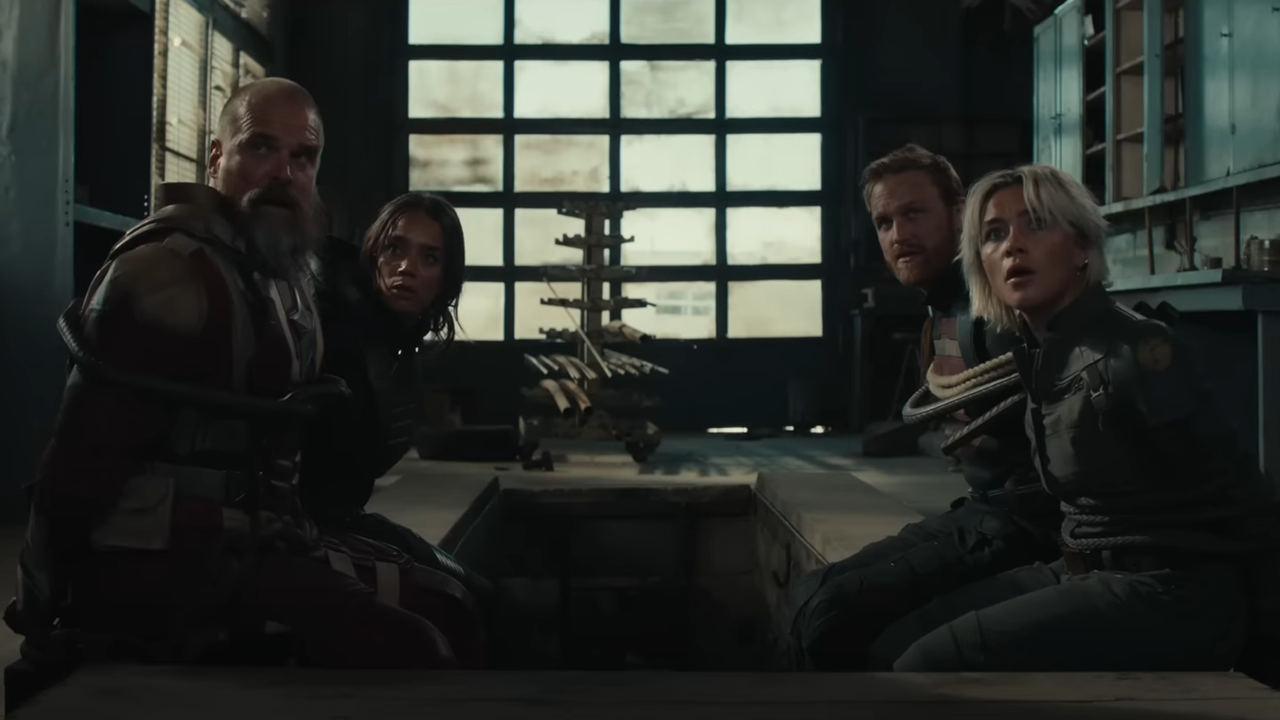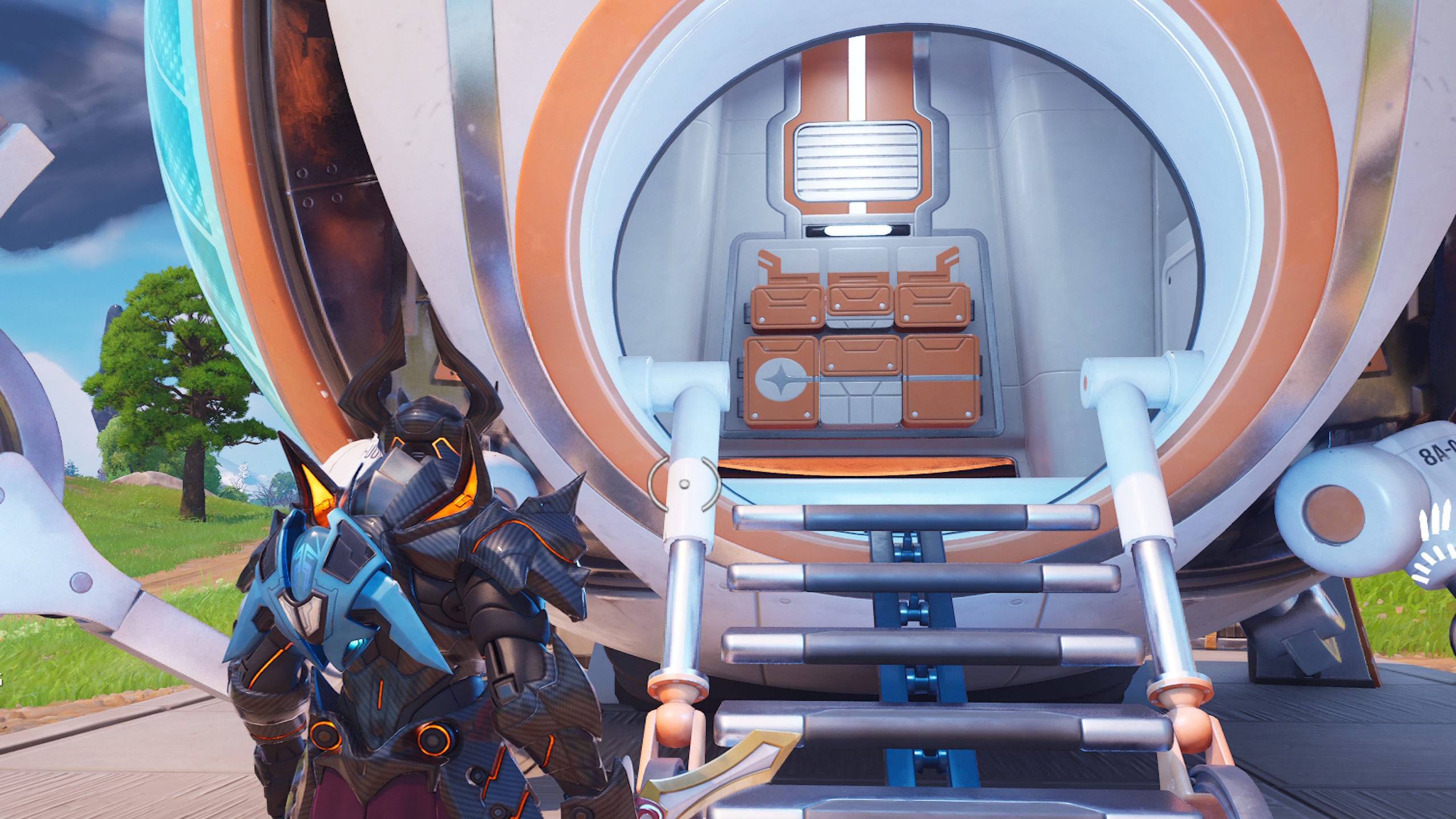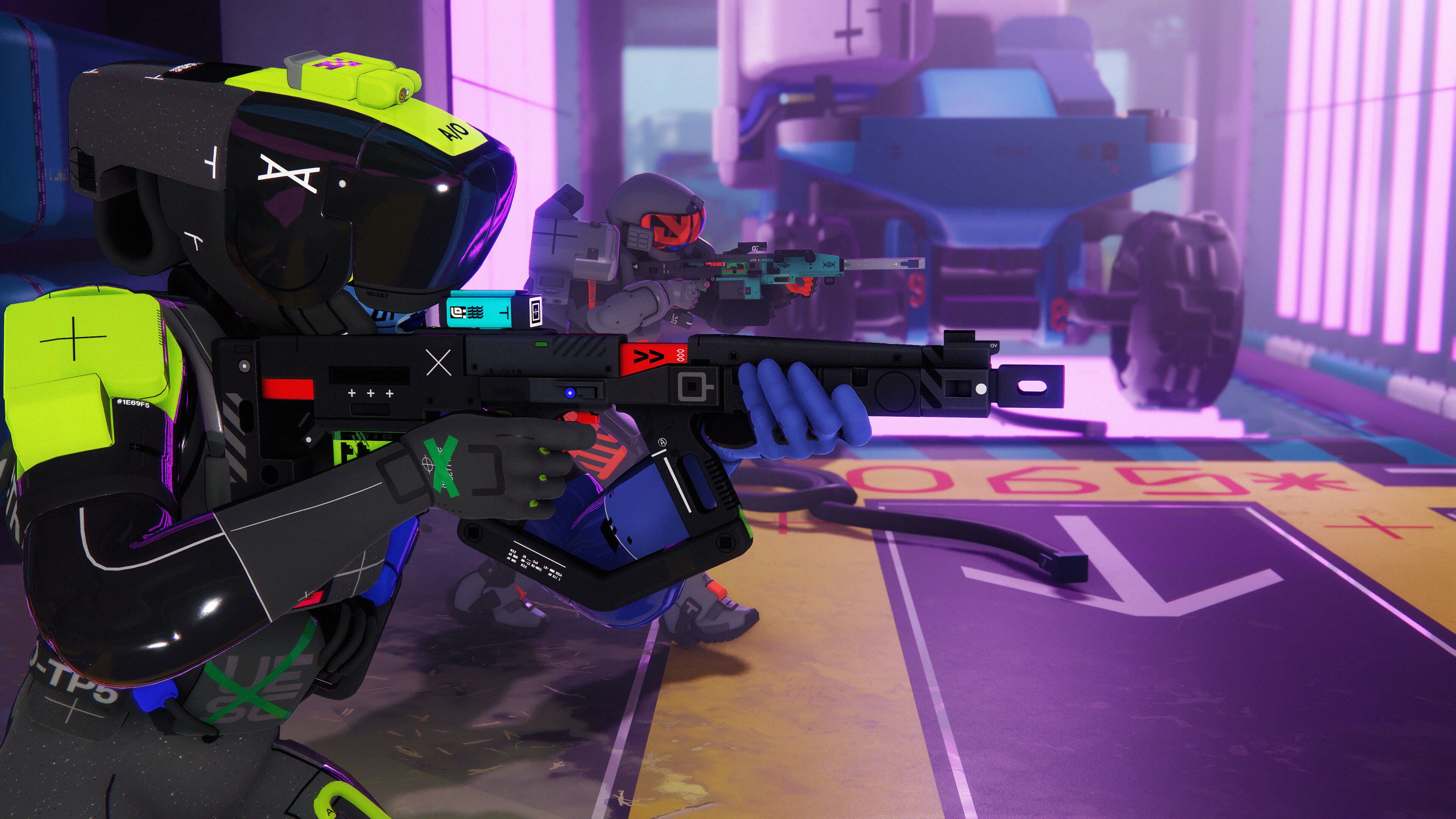
Substance abuse education in the United States has long been regarded as corny, at best. (Think: D.A.R.E.) But LA-based nonprofit End Overdose is trying to make the field relatable through a browser game called Narcat’s World, a point-and-click adventure that teaches players how to respond to opiate overdoses and save lives by administering Narcan.
The game (which can be played for free on the official Narcat’s World website) features colorful pixel art and stars an adorable feline — the titular Narcat — who must administer CPR and Narcan to save the life of an overdose victim at a dance club. Players who finish the first stage of the game (the only level that’s currently playable) can sign up to be mailed a free dose of Narcan, which can reverse the effects of opiate overdoses in seconds, if administered correctly.
End Overdose publicist Mike Giegerich told Polygon that the nonprofit also brings Narcat’s World to live events like music festivals and fairs, where recreational drug use is common, and traditional training methods can be difficult due to distractions like noise. It’s not rare to see harm reduction nonprofits, like DanceSafe, at events like this, but so far, End Overdose stands out for employing the use of a video game in its in-person outreach efforts.
“[Narcat’s World] is not only playable at home on a computer, but [also] on tablets at festivals where our volunteer training can be difficult for trainees due to noise,” Giegerich explained. “This has enabled us to diversify our offerings while still giving festival goers a comprehensive, lifesaving training and free naloxone!”
As for why a harm reduction nonprofit is getting into game development? Polygon spoke with End Overdose founder and CEO Theo Krzywicki via email to learn all about the game’s ongoing development — and to find out what’s next for Narcat’s World.

Polygon: How long has Narcat’s World been in development, and where did the idea for the game come from?
Kyzywicki: It’s been in development for a year, but the concept has been in the works for two years. This version is a first-run designed to test pixel animation, playability, and user response (which we’re continuing to flesh out with the new stages focused on different substances). We’re using it to learn what functions resonate most and how the game works in different settings, including touch screens at live events. If you’ve ever been to a public health fair, you know how dry those booths can be. They’re informative, but they lack extensive engagement. A visually stimulating and fast-paced game cuts through that dryness and pulls people in.
Who’s your target audience? Is there a specific age range you’re targeting?
We’re primarily targeting 17–25 year olds, but really anyone 17+ can engage with it. We also see appeal with older millennials who grew up gaming. The goal is to make learning feel familiar and fun for them. Our pacing is inspired by fast-action games like Cuphead or Hotline Miami, so we want to stimulate learning through engaging gameplay.
How soon do you expect to have the other stages (alcohol, stimulants, etc.) playable?
That depends on funding, but ideally within the next year. We plan to launch each stage in sync with its corresponding training rollout: online, in person, and through social media campaigns. The alcohol stage is likely next. We already have a character named Alcohol Albatross and a framework for teaching about BAC levels and how to respond to alcohol poisoning.
With regard to the other stages, is creating them more challenging than the opioid stage?
Not harder, just different. In some ways, they even allow for more creativity. With alcohol for example, we can visualize blood alcohol concentration (BAC) as a gameplay mechanic. One of our ideas is to create two perspectives: the person drinking and Narcat responding. As the player’s BAC rises, they gain new powers until they hit a crash point which mirrors the real physiological trajectory of alcohol poisoning. We’re exploring how unique gameplay loops can reflect unique overdose symptoms.
LSD overdoses are pretty rare — people may take too much and have a “bad trip,” experience negative side effects from ingesting a substance falsely labeled as LSD, or struggle with impaired judgement, but deaths related to LSD toxicity are almost unheard of. Is the LSD stage in Narcat’s World going to focus more on helping someone out who’s having a bad trip, or will it be more like the opioid stage and have players look for medical signs of an LSD overdose and then take steps to treat it?
You’re correct! LSD overdoses are extremely rare. This stage focuses on helping someone through a bad trip. You’ll play both perspectives: the person experiencing it (Toad) and Narcat guiding them to safety. The goal is to emphasize removing them from loud, overstimulating environments, keeping them calm, and highlighting the importance of the buddy system.
Given how much benzodiazepine abuse has skyrocketed in the US and how deadly it becomes when mixed with alcohol or opiates, do you plan to add a benzodiazepine stage to Narcat’s World in the future?
Benzos are absolutely on our list. The interventions are different because there’s no reversal drug like naloxone [Narcan]. They rely on supportive care, which we’re figuring out how to translate into compelling gameplay. It’s coming, it just requires a creative approach.

Will players be playing as Narcat for the entire game, or is the animal pictured on each stage the one they’ll be playing as?
The long-term goal is both. Each overdose experience has two arcs: the character going through the symptoms and then Narcat trying to save them. The point is to teach players both the danger and the intervention measures.
As Cocaine Caterpillar, you’re chasing a high, losing control, and managing symptoms. Then as Narcat, you’re responding by bringing aid and restoring them to their baseline. That experience as both characters makes the learning as immersive and layered as possible.
Narcan obviously works wonders in the event of an opioid overdose, but substances like alcohol and stimulants sadly don’t have a magic bullet like Narcan to counteract the effects. How are you guys handling those stages?
In terms of stimulants, we have a concept in the works for that too. Users will play as Cocaine Caterpillar, a lightning-fast character getting “powered up.” But as you progress, your heart rate spikes, your body overheats, and ECG waves flash erratically on screen. You start losing thermoregulation, needing to rush through ice cubes to stay alive. The level keeps speeding up like Tetris to reinforce stimulant overdose symptoms. Then you play as Narcat and rescue Cocaine Caterpillar from the brink. This contrast between Cocaine Caterpillar and Narcat will drive the lesson home in a way people actually remember.
Source:https://www.polygon.com/gaming/617694/narcats-world-harm-reduction-drug-education-how-to-play














